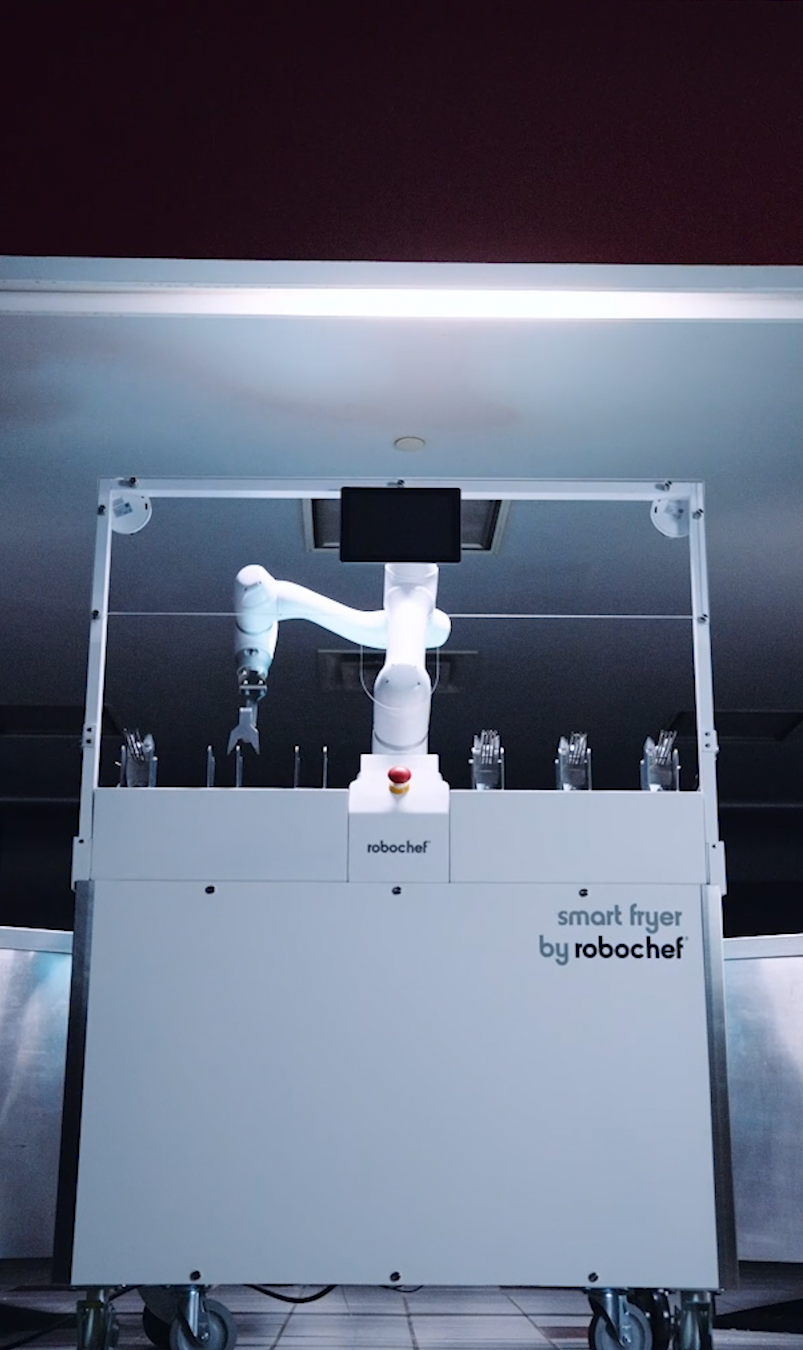
GREAT FOOD. POWERED BY ROBOTICS.
Lower Labor Costs, Boost Restaurant Profits
•
Solve Staffing Challenges with Kitchen Automation
•
Ensure Consistent, High-Quality Food Every Time
•
Safer, Cleaner Kitchens
•
Gain Actionable Restaurant Data
•
Revolutionary Fryer Robot Technology
•
Lower Labor Costs, Boost Restaurant Profits • Solve Staffing Challenges with Kitchen Automation • Ensure Consistent, High-Quality Food Every Time • Safer, Cleaner Kitchens • Gain Actionable Restaurant Data • Revolutionary Fryer Robot Technology •
Benefits of Food Service Automation
-

Ease labor issues.
Reduce staffing challenges in food service with automated restaurant technology. Our robots take on repetitive kitchen tasks, helping your team focus on service and efficiency.
-

Precision in every order.
Ensure perfect portioning and consistent cooking quality across locations. Smart kitchen automation maintains precise food temperatures and guarantees the same great taste every time.
-

Smarter operations.
Leverage AI-powered analytics to track restaurant performance, manage inventory, and improve efficiency. Get real-time insights to fine-tune operations and reduce waste.
-

Safer, cleaner kitchens.
Reduce food contamination risks with food-safe kitchen robots. Minimize burns, spills, and hygiene concerns while maintaining the highest cleanliness standards in commercial kitchens.

